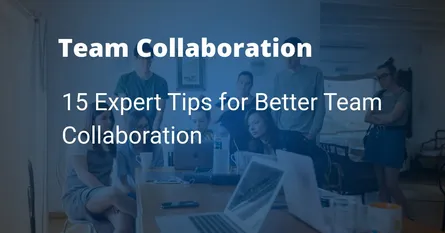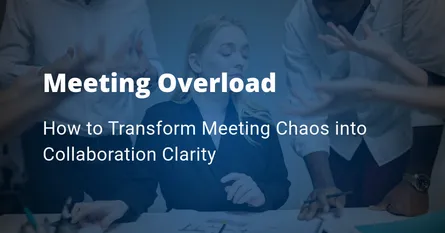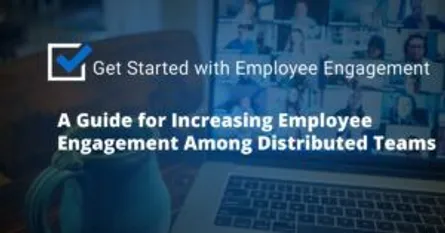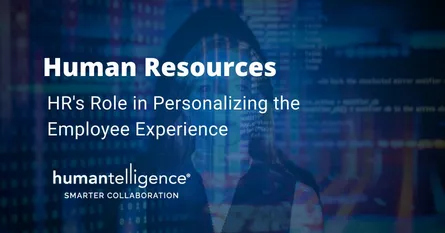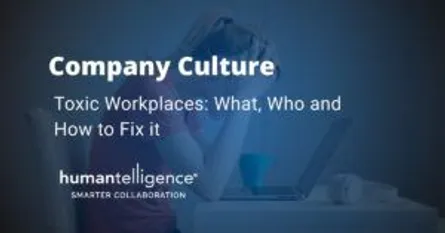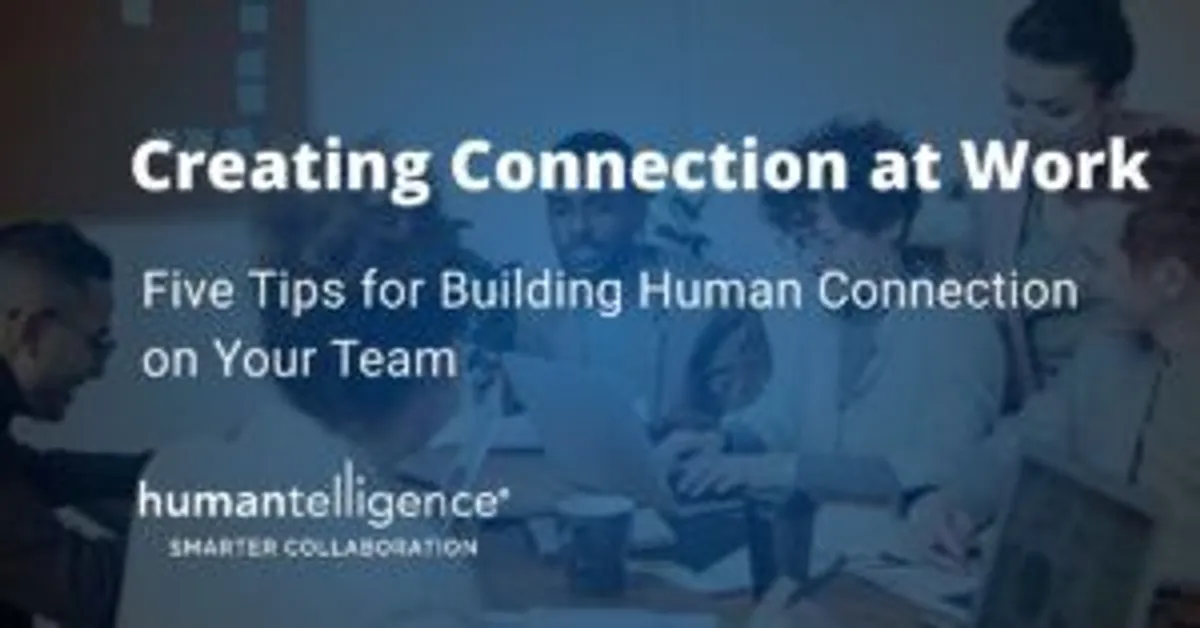
5 Tips for Building Human Connection on Your Team
- Admin
- Collaboration
- 13 Sep, 2023
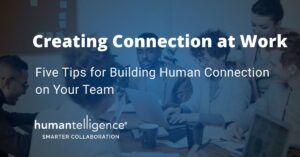
We spend half our waking weekday hours working. So it’s no surprise that so many of us place a high value on our work friendships and close working relationships with colleagues. And if you think about it, those relationships exist because the conditions were just right for creating connection at work.
A warm team environment can make or break the employee experience. But with the rise of remote work and flexible scheduling, it’s harder than ever to form those tight-knit bonds with co-workers. In fact, according to Gallup, 9 in 10 remote-capable employees prefer remote flexibility, and 6 in 10 prefer hybrid work. Of those preferring hybrid work, one of the top reasons for it was a desire to feel more connected to team members and to the organization. And there are major benefits to enabling connection among team members.
So in our more remote, work-from-anywhere world, establishing human connection isn’t impossible. It just takes some more effort and focus. Employers increasingly need to play an active role in fostering these connections and ensuring employees feel engaged and motivated at work. But why?
Creating Connection at Work Improves Employee Retention
What secured your new hire is not going to keep them. Employers are attracting employees through flexible work, competitive salary and benefits, and claims of work-life balance. Employees will choose to stay when they feel connected to their peers, manager, organization, and work.
Employee retention about getting the basics right. Building connection means ensuring new employees feel a tie to their work. They understand how they are contributing meaningfully to the mission of the organization, and have a sense of belonging. People must feel these connections immediately. In the virtual workplace, employers must work even harder to make and keep connections. Often this means entirely revamping onboarding for greater effectiveness.
Below are some tips to help you start creating connection at work for your employees.
Tip 1: Start connecting with employees at recruitment & onboarding
First, show candidates how your organization is one that is worth their investment even before they accept a new job. In a world where many HR processes are automated, organizations that take a personalized approach to hiring will make a strong impression. For example, automating tax form completion is efficient, but having a personal conversation about an employee’s start date elevates the experience of connection.
Handwritten notes, phone calls to check in, and introductions to fellow employees are ways to draw employees in before they get started — and plant seeds for creating connection. Figure out how your new hires learn and communicate best, and then tailor the onboarding and training to those tendencies. It’s easy to figure that out when you use a psychometric assessment that shows an employee’s common behaviors, motivators, values, and work energizers.
This is the kind of information that you often only get after months or even years of working with someone, but with just a quick 12-minute personality survey, you can get at this info quickly – and start leveraging it to build connection during onboarding. Your new-hire will feel the difference!
Tip 2: Make appreciation a part of work
An act of appreciation or recognition is a key factor in feeling connected. When someone takes the time to acknowledge or appreciate your efforts, it has a powerful effect. It says “I see you.”
An employee recognition program can be formal or as simple as increasing and normalizing appreciation. In fact, when employees are thanked 12 times, attrition falls to just 2%. Workers recognized in the last month are half as likely to be looking for a new job (26% vs 49%). And you can even institute compelling recognition programs even if you have a small team or limited budget. No matter where you land on this spectrum, here are some ideas to get started.
Spotlighting strong performance can transform a content employee into a fully engaged one who actively pushes for greater things.
- Drives Excellence – Employee recognition is the foundation for creating a high-performing team. It strengthens relationships and provides a clear purpose aligned to achievable goals. Recognizing performance allows business leaders to drive toward key goals like retention by connecting people and culture to shared purpose.
- Increases Engagement – Eighty-four percent of those surveyed in this SHRM/Workhuman Employee Recognition Survey said that social recognition measurably and positively impacted engagement.
- Reinforces Company Values – Because employee recognition should be designed with rewards that map back specifically to each value, it integrates those ideals into employees’ everyday thoughts and actions.
- Nurtures Trust – According to a 2017 study, nearly 90% of employees who received recognition from their boss indicated high levels of trust in that relationship vs. just 48% for those who received no recognition. Research shows that workers who trust senior leaders are nearly 2x as likely to be engaged.
- Impacts Bottom Line - Organizations with formal recognition programs have 31% less voluntary turnover than organizations that don’t have any program at all.
Start simple…add an agenda item to your meeting to go around the group and let people “shout out” appreciation to anyone who’s helped them or done something noteworthy since the last meeting. It’s simple but powerful, and helps people bond.
Tip 3: Make meetings more personal and less transactional to create connection at work
We all still spend a lot of time in meetings, and while they can feel like a necessary evil at work, they can be an incredible opportunity to build overlap with others when approached with that intention. The key is to invite people to share more about themselves in the meeting. One effective way teams do this is by adding a “question of the day” to the agenda. The question might be something as simple as “where did you grow up?” to something more fun like “what’s your favorite movie of all time and why?”
The goal is simply to invite people to share more about themselves in a safe, nonthreatening way. The magic of doing this is in the potential for a spark of connection. When two people realize that they grew up in the same place or share a common interest, they take a step or two away from just being co-workers in the direction of becoming friends.
Tip 4: Creating connection at work through communities of practice
A community of practice (CoP) is a group of people who share a common concern, a set of problems, or an interest in a topic and who come together to fulfill both individual and group goals. Communities of practice exist to take advantage of the expertise within the company. They give employees and teams opportunities to share their knowledge, brainstorm, and collaborate across multiple locations – of which builds connections among employees who might not otherwise have to interact.
Employees involved in communities of practice have opportunities to develop their current areas of expertise and grow their knowledge by solving problems with their colleagues. They also gain the advantage of feedback and support from experts. Documents related to the communities of practice are stored in a library accessible to employees. The work performed by these key players benefits others later.
Tip 5: Use integrations within your existing communication tools
For any work arrangement, whether in-office, hybrid, or remote, keeping your employees connected through technology is a must. Beyond using email, Slack, Teams, Zoom, or other collaboration software, consider squeezing more from your investment in those tools by integrating a quick add-on that gives each team member the insights needed to establish stronger relationships with another – all before they even start communicating.
When drafting an email, chatting with a colleague, or joining a meeting, this add-on automatically surfaces useful, customized tips for more effective communication that ends up helping you improve your relationships at work.
Consider the use case of one-on-one check-ins. One of the most powerful and simple steps a manager can take to help an employee feel more connected and productive is to check in with the employee regularly. Learning how to check-in effectively means inviting the conversations that really matter with the employee and providing the support and encouragement they need. Now, add in a layer of knowing how best to approach that employee based on their communication, collaboration, and work styles, and your one-on-ones will be more productive than ever – and your employee will feel more seen and connected than ever. It’s a way to start creating connection at work before you even meet, and it’s a total game changer for managers.
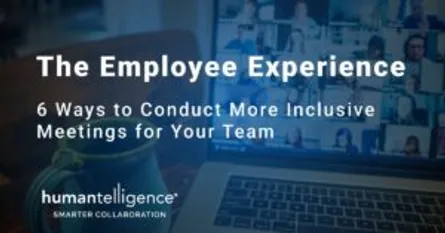
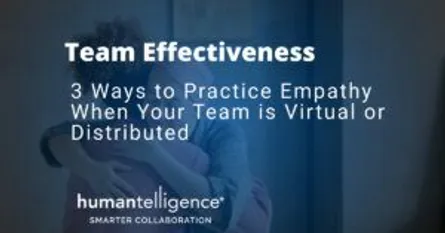
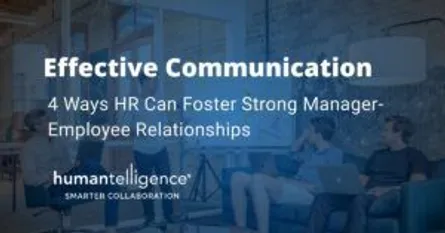
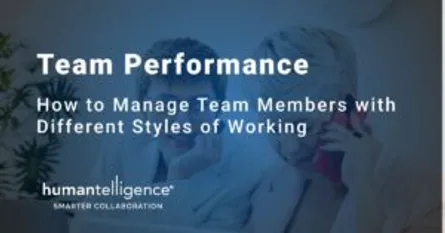
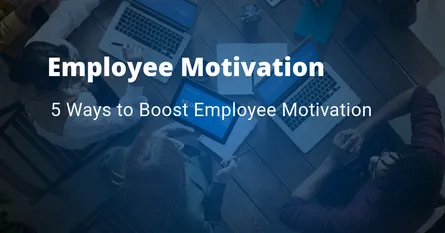
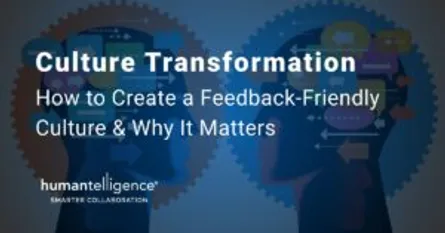
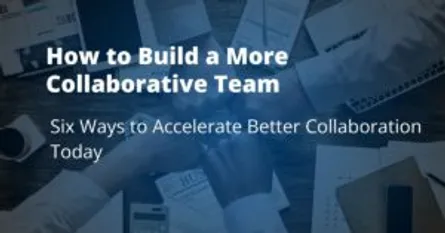
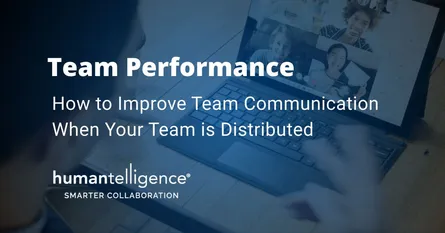
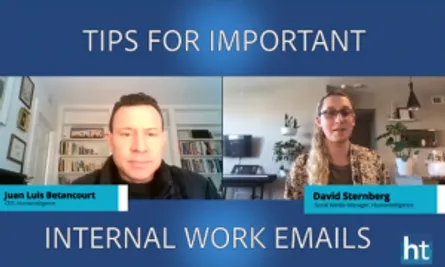
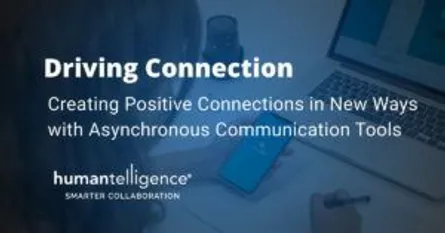
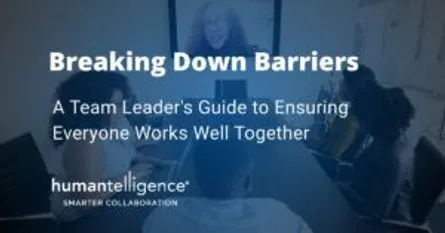
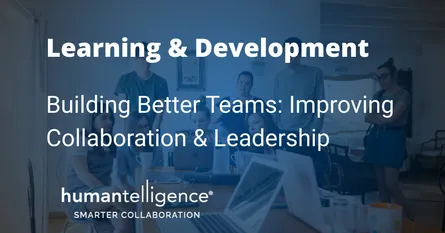
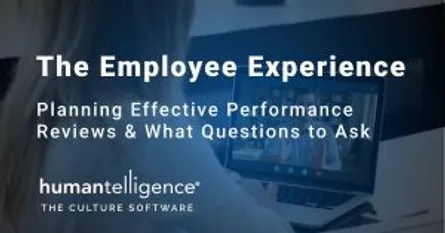
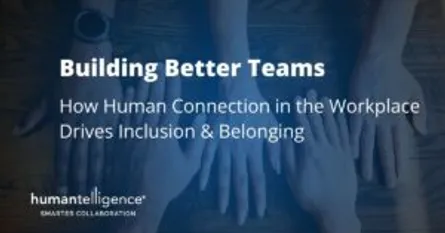
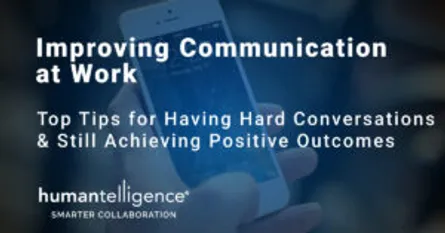
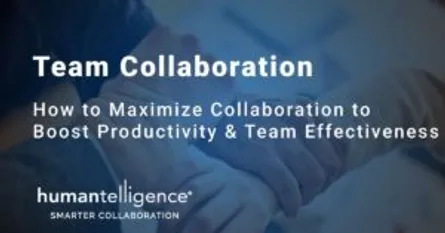
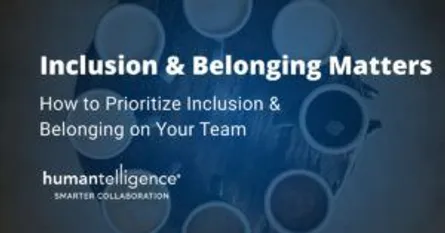

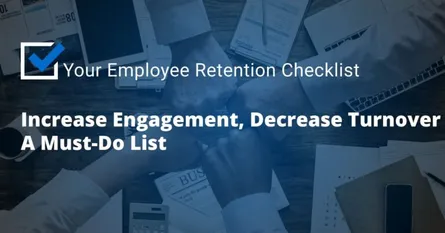
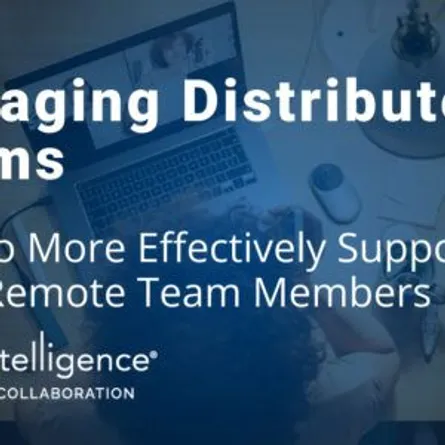
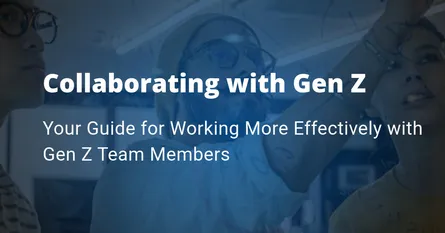

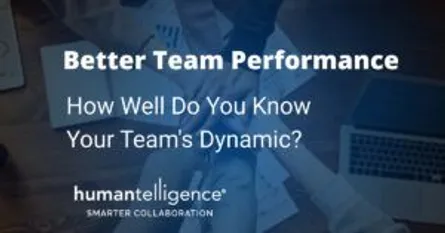
-Low-Quality.DNBpXyLx_1VXSiM.webp)
.CiqwvMOO_A63sY.webp)
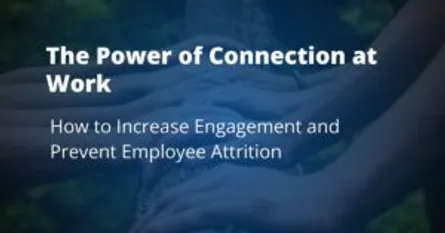
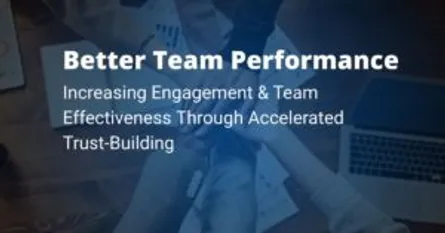
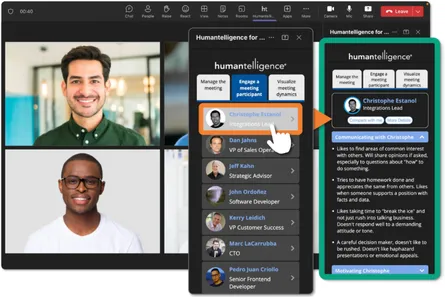
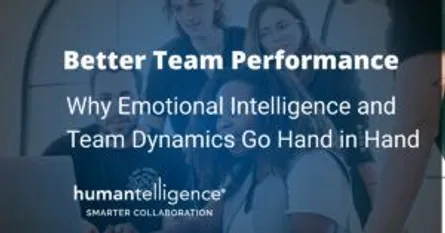
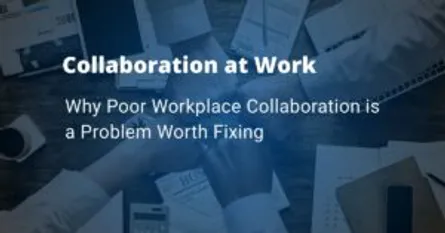
-Medium-Quality.ZFp5mEuF_Z13ebXJ.webp)
